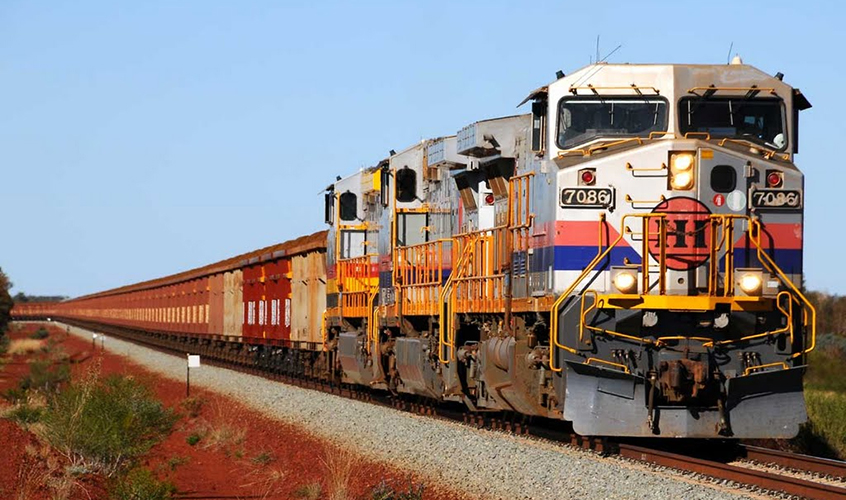railway-usa.com
04
'19
Written on Modified on
MEDIAWORLD
Acoustic listening devices to monitor the health of wind turbines are being redesigned for use in the rail freight industry
South Australian company Ping Services has launched a device that uses acoustic analysis, machine learning and the Internet of Things (IoT) to continuously detect wind turbine blade damage.

The key piece of technology is the algorithm that can rate the health of the turbine based on its acoustic signature and monitor changes over time.
Ping Services CEO Matthew Stead said Ping was investigating the development of applications for the rail freight industry.
He said something as simple as replacing a noisy bearing could prevent more serious damage occurring if the problem was not addressed.
"So that would be listening for things like wheel bearing damage on freight rail wagons," he said.
"Those trains are going such long distances and wheel bearing issues can cause wheels to seize up and the potential for derailment."
Mechanical breakdowns and unplanned downtime cost the freight industry millions of dollars every year.
Ping Services closed a $650,000 seed fund round in July after securing an additional $200,000 in government funding earlier this year and was part of the University of South Australia's inaugural space incubator program Venture Catalyst Space.
The Adelaide-based company will this week install 55 of its listening devices on turbines at a wind farm in the neighbouring state of Victoria as part of a three-month pilot program.
The patented device, known as the 2.0, features the Myriota direct-to-orbit satellite connectivity and is powered by its own small solar panel.
Stead said about 40 more second generation Ping Monitors would also be trialled at wind farms in the United States in the coming months, most likely in Texas and West Virginia.
"We obviously had a significant milestone with raising funds earlier in the year but when you think about what we're actually about to do, this is our biggest milestone so far for sure," Stead said.
"Our absolute hope is to have these large-scale trials turn into commercial agreements and we're investigating the best ways to scale up the manufacturing plan.
"Our target is 20,000 units in five years."
The device magnetically attaches to wind turbine towers and actively listens to the blades' acoustic signature while rotating to detect blade faults such as pitting or cracks caused by lightning strikes or hail.
Its conical shape protects its microphone from ...

